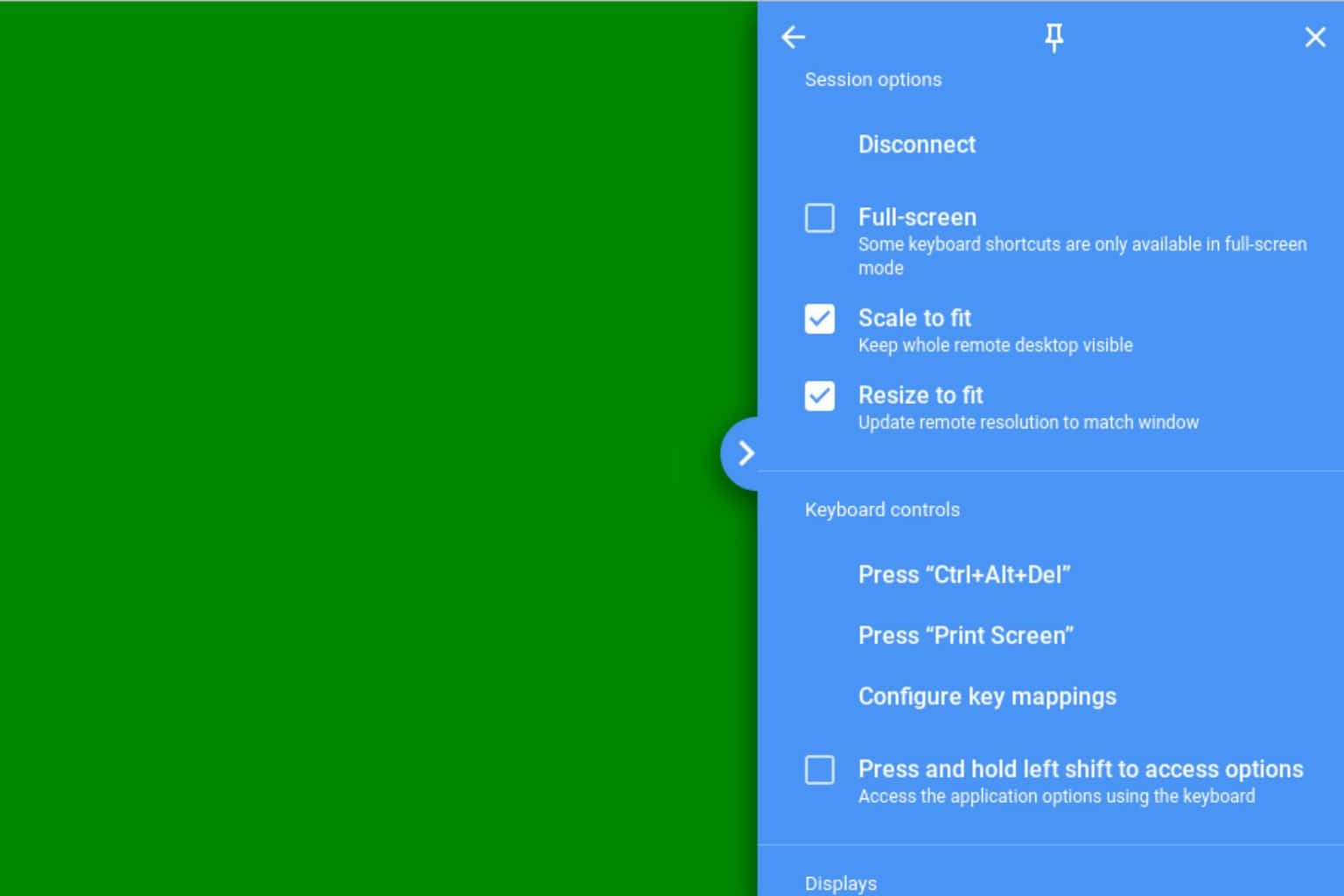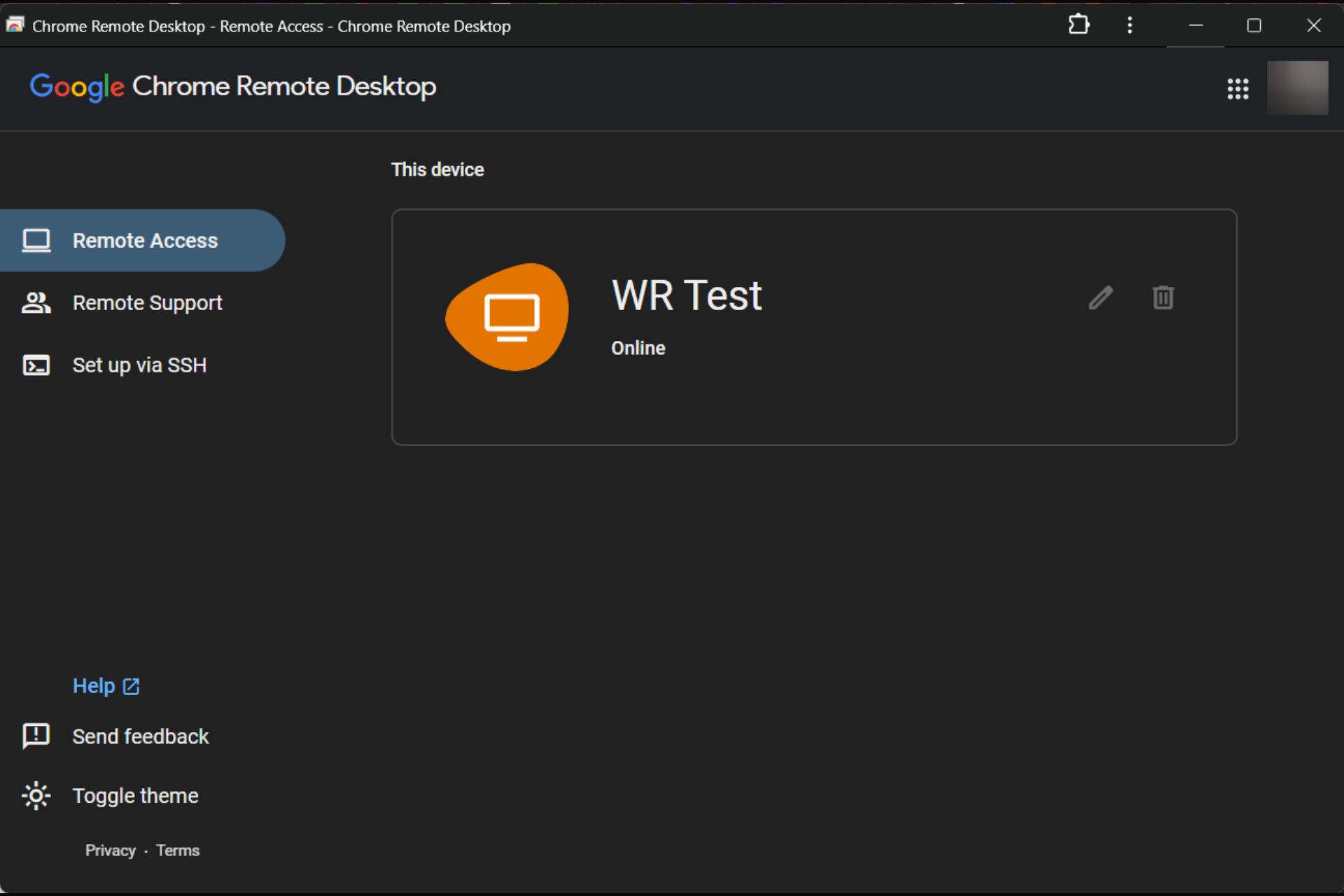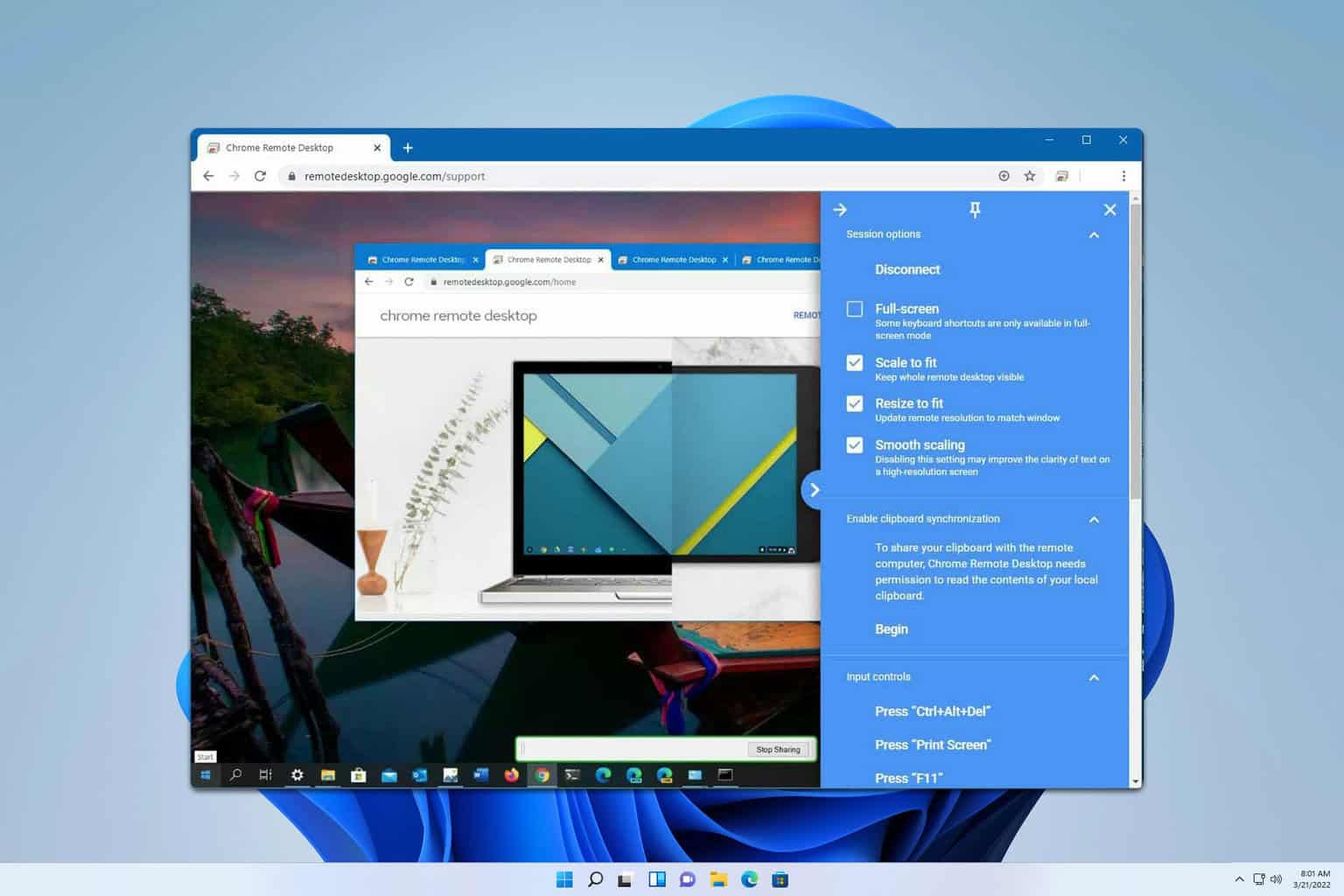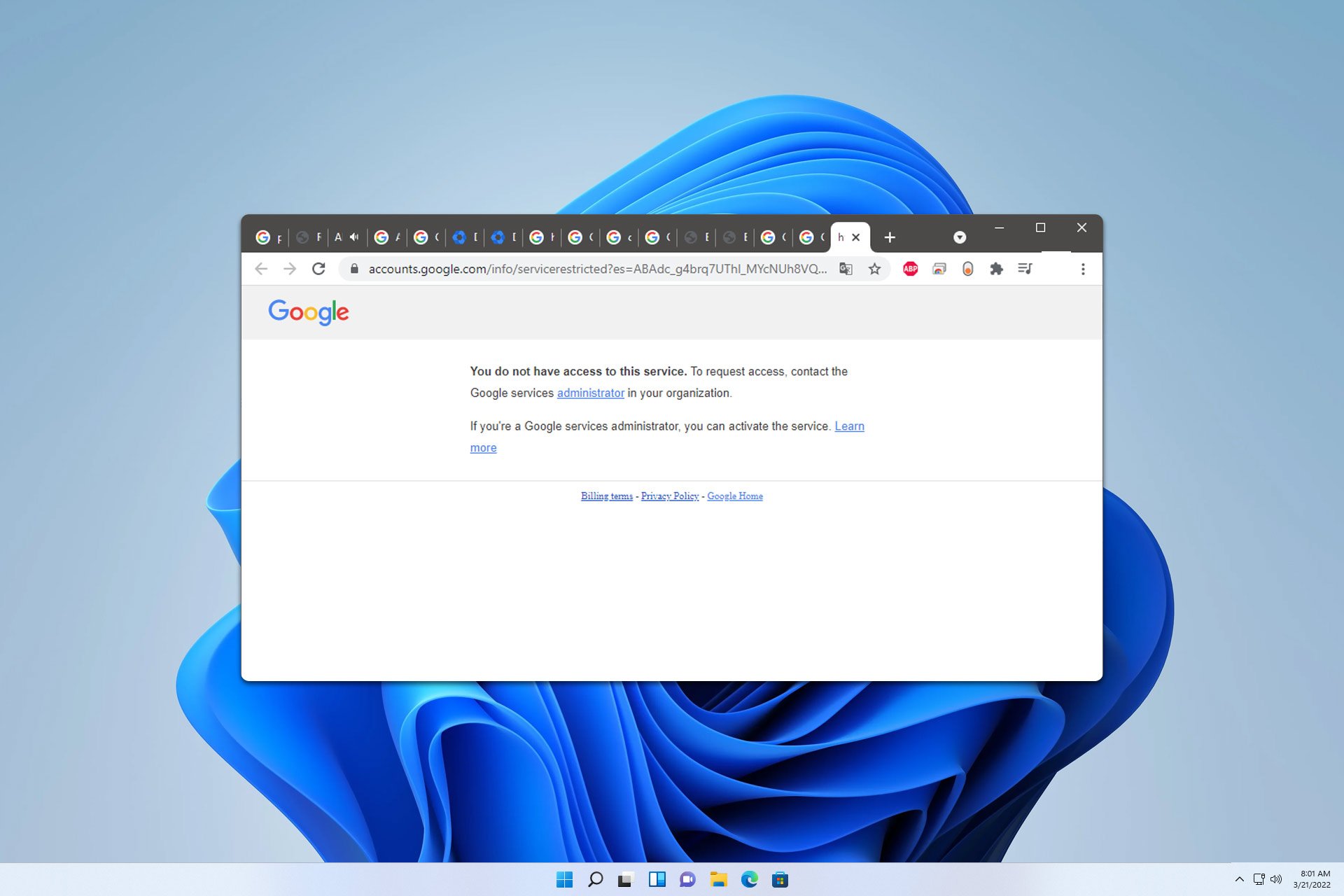Google Chrome to use less RAM with Windows 10 segment heap
3 min. read
Updated on
Read our disclosure page to find out how can you help Windows Report sustain the editorial team. Read more
Key notes
- Google Chrome Canary build supports Windows 10 2004 segment heap technology.
- Segment heap enables Chrome to optimize system RAM usage.
- You can learn to solve more Chrome problems on our Browsers page. Be sure to check it out!
- Find useful tools to improve the performance of your devices in our Software Utilities Hub.

It appears that major Chromium-based browsers have found a cure for their memory-hogging problem. As such, Google Chrome is now joining Microsoft Edge in the use of the new segment heap RAM management technique.
Quick Tip:
You can set RAM and CPU limits on the Opera GX browser, ensuring that although you’re running a resource-heavy app, other processes still function at optimal parameters, outside the browser.
Another notable feature of Opera GX is the Network Limiter, which allows you to put a bandwidth limit so that the browser balances how much speed each process takes.
Opera GX
Adjust your browser’s impact with the exclusive RAM and CPU limiters.Google Chrome to enhance memory efficiency
Does your Google Chrome sometimes feel a little slower than normal? It’s not just you! The browser has a reputation for gobbling up RAM, which could make your computer feel a bit sluggish.
Chrome’s use of a multi-process architecture is part of the problem. And it gets worse when you open too many tabs because that simply works up the browser’s appetite for memory.
There’s some good news though. For a while now, Google’s Chromium project team has been discussing Windows 10 segment heap technology as a potential solution to the problem.
So, they’re working on a way to get Chrome to leverage segment heap instead of an older alternative.
Adding a SegmentHeap entry to the chrome.exe manifest will tell recent-enough versions of Windows (20-04 and beyond) to opt chrome.exe into using the segment heap instead of the legacy heap. Experiments with per-machine opting-in to the segment heap for chrome.exe suggests that this could save hundreds of MB in the browser and Network Service utility processes.
According to the Google Chrome developers, experiments show that PCs that harness segment heap can save hundreds of MBs in Chrome. So, the team recently updated Chrome canary (build Version 85.0.4182.0 ) with the new memory management technique.
Almost two weeks ago, Microsoft revealed that it had tested segment heap in Edge and found it to free up to 27% of system RAM. However, both Edge and Chrome can only attain this kind of RAM efficiency in Windows 10 version 2004 or later.
Are you experiencing a similar problem in Firefox too? Try this guide to resolve the issue.
Meanwhile, feel free to ask any questions or share your experience in the comments section below.








User forum
0 messages